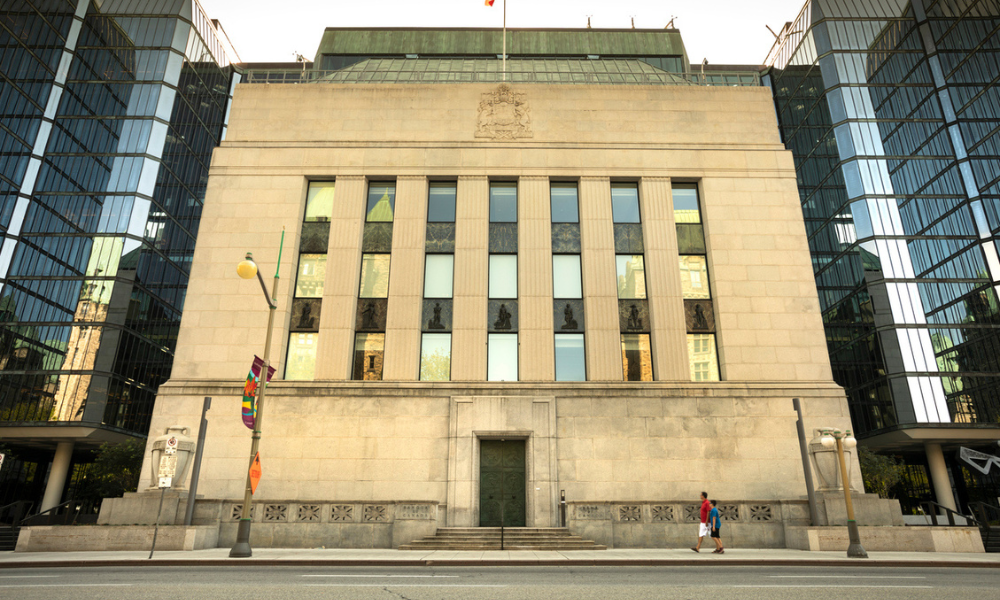Chief economist assesses the impact on the Canadian dollar, housing market, and wage growth post rate cut

Last month, the Bank of Canada cut interest rates, with economists highlighting three key risks that could hinder the cycle: the Canadian dollar, the housing market, and wage growth, according to the Financial Post.
Douglas Porter, chief economist at BMO Capital Markets, assessed these risks in his weekly column, Talking Points.
Porter notes that the Canadian dollar has remained stable despite initial concerns. The loonie, after a weak start earlier this year, has stabilized at around 73.5 US cents. Factors such as a weakening greenback and the potential for US Federal Reserve rate cuts have contributed to this stability.
The housing market has not experienced the surge some anticipated. Recent data from major Canadian cities show limited activity following the rate cut.
Porter observes that sellers, rather than buyers, have been more active, resulting in double-digit sales declines in many cities and increased inventories shifting the market in favour of buyers. This subdued market may benefit policymakers by potentially improving housing affordability.
However, wage growth poses a significant challenge. June's job data revealed an acceleration in average hourly wages to 5.4 percent, even as the labour market loosened.
Porter indicates that while the softening job market increases the likelihood of another rate cut, persistent wage growth complicates the Bank of Canada's decision.
Toronto Dominion economist Marc Ercolao attributes June's wage growth largely to base effects from a low reading the previous year. He notes that wages have grown around 5 percent annually over the past 18 months, despite declining productivity.
Bank of Canada Governor Tiff Macklem acknowledges that wage moderation is lagging behind employment adjustments, but he expects further moderation going forward.
The latest job numbers have led markets to predict a 60 percent chance of a rate cut on July 24, although a Bloomberg survey suggests many economists expect a hold until September 4.
Upcoming data, including a critical inflation reading on July 16 and the Bank of Canada's Business Outlook survey, will influence the central bank's decision.
Canada's unemployment rate rose to 6.4 percent in June, the highest since 2017, excluding the pandemic period. This increase was driven by student unemployment, which hit 13.5 percent, the highest since 2014, and a 20 percent rise in layoffs compared to last year.
Despite the addition of 2,000 part-time jobs, the economy lost 3,000 full-time positions, resulting in a net loss of 1,000 jobs, according to Nathan Janzen, assistant chief economist for Royal Bank of Canada.



